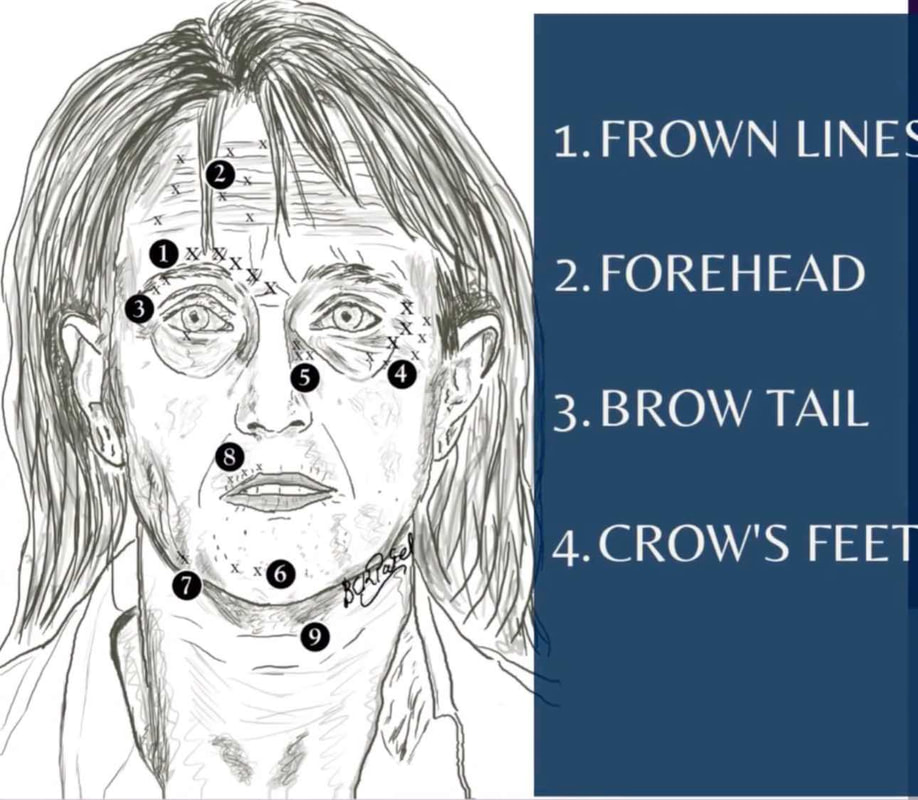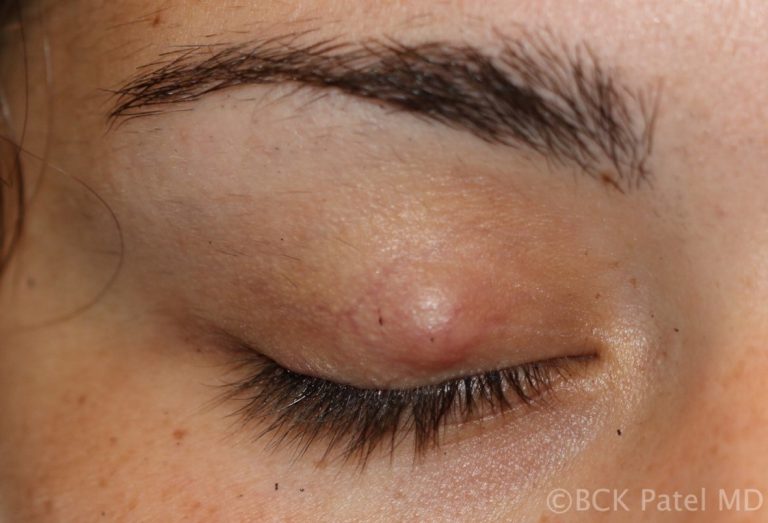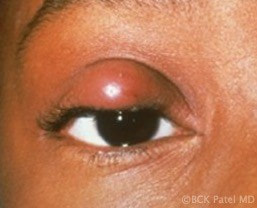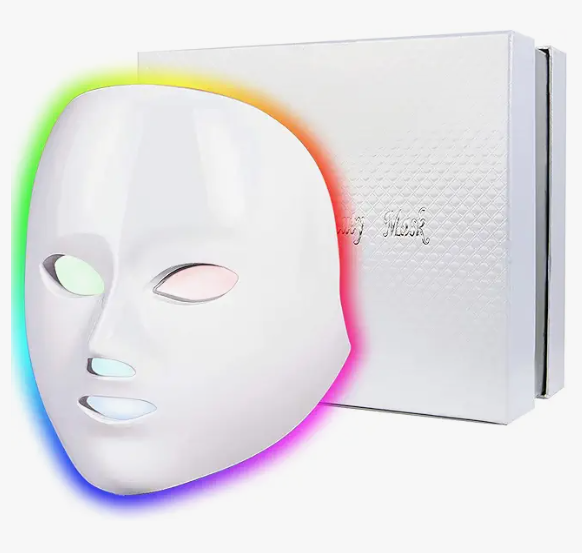Articles |
|
Dr. BCK Patel MD, FRCS For patients, residents, fellows, surgeons Injection of Botox for Cosmetic ReasonsWhile there are several medical indications for botulinum toxin injection in the face and/or the neck, we are concentrating on the safe areas where judicious injection with botulinum toxin gives a pleasing result.
0 Comments
BCK Patel MD, FRCS For residents, fellows, plastic surgeons and oculoplastic surgeons The importance of placing temporary tarsorrhaphy sutures properlyTemporary tarsorrhaphy sutures are often needed at the end of surgical procedures on the orbit, the eyelids, after repair of facial fractures and after reconstruction of eyelids and facial structures. A tarsorrhaphy may be needed when treating or preventing the occurence of chemosis and also when one wants to protect the cornea in the postoperative period. Some of the common indications for a temporary tarsorrhaphy are:
In this video, Dr. BCK Patel MD shows the eyelid margin anatomy and show how temporary tarsorrhaphy sutures are placed at the gray line to appose the eyelids. A lateral third suture will close the lateral third, an additional central suture will generally give protection of the whole cornea. Only rarely is a third, medial suture needed. Dr. BCK Patel MD, FRCS For physicians and patients How to manage herpes zoster and its complications, with considerations for COVID-19 and the COVID vaccine. Christine Kanownik
BCK Patel MD, FRCS For Residents, Fellows, Plastic Surgeons, Oculoplastic Surgeons What is chemosis?Conjunctival chemosis is the collection of fluid under the conjunctiva, resulting in a blister-like swelling of the conjunctiva. what conditions can cause or predispose to chemosis?Photographs to be taken and sent when consulting for a facelift and neck lift and also for a Hammock liftFIRST SET OF PHOTOS IS OF YOUR FACE AND NECK AND UPPER CHEST AS SHOWN.A comprehensive review of chalazions and chalazia with a depiction of the many different faces of chalaziaDr. BCK Patel MD, FRCS
For family practice doctors, physicians, oculoplastic surgeons, ophthalmologists, residents and fellows What is a chalazion?A chalazion is initially a painless mass that develops on the eyelid. It is caused by a blockage of the Meibomian gland. The blocked gland allows the contents (lipogranulomatous material) to expand and will eventually allow the material to spread into the surrounding tissues, causing local inflammation. Initially, the chalazia are soft or rubbery but go on to become firm. Inflammation or secondary infection will lead to tenderness of the lesions. Does an initial infection of the Meibomian gland cause a chalazion to develop or is it a blocked Meibomian gland that secondarily becomes inflamed and can become infected? The exact sequence is probably both of the above in different lesions. There are many devices now available which emit light in the blue, red and infrared wavelengths. These devices may be used by medical practitioners but many home-use devices which apply the light at more conservative levels are available.
|
AuthorDr. BCK Patel MD, FRCS |





